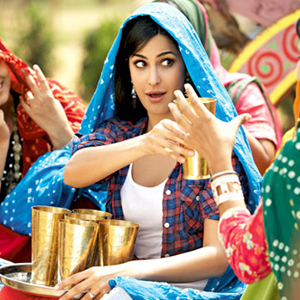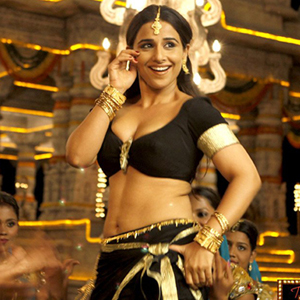 |
Classification:
Clinically and pathologically, leukemia is subdivided into a variety of large groups. The first division is between its acute and chronic forms
- Acute leukemia is characterized by a rapid increase in the numbers of immature blood cells. Crowding due to such cells makes the bone marrow unable to produce healthy blood cells. Immediate treatment is required in acute leukemia due to the rapid progression and accumulation of the malignant cells, which then spill over into the bloodstream and spread to other organs of the body. Acute forms of leukemia are the most common forms of leukemia in children.
- Chronic Leukemia is characterized by the excessive build up of relatively mature, but still abnormal, white blood cells. Typically taking months or years to progress, the cells are produced at a much higher rate than normal cells, resulting in many abnormal white blood cells in the blood. Whereas acute leukemia must be treated immediately, chronic forms are sometimes monitored for some time before treatment to ensure maximum effectiveness of therapy. Chronic leukemia mostly occurs in older people, but can theoretically occur in any age group.
Causes:
o single known cause for any of the different types of leukemia exists. The known causes, which are not generally factors within the control of the average person, account for relatively few cases. The different leukemias likely have different causes.
Leukemia, like other cancers, results from mutation in the DNA. Certain mutations can trigger leukemia by activating oncogenes or deactivating tumor suppressor genes, and thereby disrupting the regulation of cell death, differentiation or division. These mutations may occur spontaneously or as a result of exposure to radiation or carcinogenic substances.
Among adults, the known causes are natural and artificial ionising radiation, a few viruses such as Human T-lymphotropic virus, and some chemicals, notably benzene and alkylating chemotherapy agents for previous malignancies. Use of tobacco is associated with a small increase in the risk of developing acute myeloid leukemia in adults. Cohort and case-control studies have linked exposure to some petrochemicals and hair dyes to the development of some forms of leukemia. A few cases of maternal fetal-transmition have been reported. Diet has very limited or no effect, although eating more vegetables may confer a small protective benefit.
Viruses have also been linked to some forms of leukemia. Experiments on mice and other mammals have demonstrated the relevance of retroviruses in leukemia, and human retroviruses have also been identified. The first human retrovirus identified was human T-lymohotropic virus, or HTLV-1, which is known to cause adult T-cell leukemia.
Some people have a genetic predisposition towards developing leukemia. This predisposition is demonstrated by family histories and twin studies. The affected people may have a single gene or multiple genes in common. In some cases, families tend to develop the same kind of leukemia as other members; in other families, affected people may develop different forms of leukemia.
In addition to these genetic issues, people with chromosomal abnormalities or certain other genetic conditions have a greater risk of leukemia. For example, people with Down syndrome have a significantly increased risk of developing forms of acute leukemia and Fanconi Anemia is a risk factor for developing acute myeloid leukemia.
Whether non-ionizing radiation causes leukemia has been studied for several decades. The IARC expert working group undertook a detailed review of all data on static and extremely low frequency electromagnetic energy, which occurs naturally and in association with the generation, transmission, and use of electrical power. They concluded that there is limited evidence that high levels of ELF magnetic (but not electric) fields might cause childhood leukemia. Exposure to significant ELF magnetic fields might result in twofold excess risk for leukemia for children exposed to these high levels of magnetic fields. However, the report also says that methodological weaknesses and biases in these studies have likely caused the risk to be overstated. No evidence for a relationship to leukemia or another form of malignancy in adults has been demonstrated. Since exposure to such levels of ELFs is relatively uncommon, the W.H.O. concludes that ELF exposure, if later proven to be causative, would account for just 100 to 2400 cases worldwide each year, representing 0.2 to 4.9% of the total incidence of childhood leukemia for that year (about 0.03 to 0.9% of all leukemias).
























